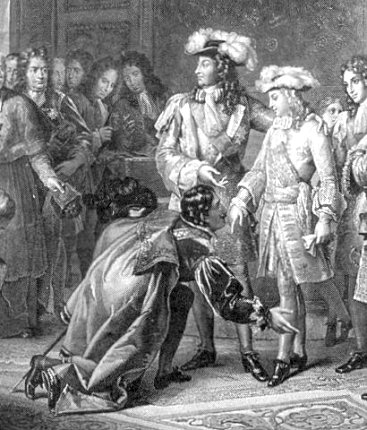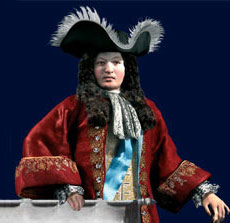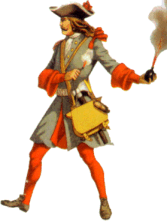Causes
Louis XIV, exhausted by the War of the Grand Alliance, sought a peaceful solution to the succession controversy and reached an agreement (1698) with King William III of England. This First Partition Treaty designated Joseph Ferdinand as the principal heir; in compensation, the French dauphin was to receive territory including Naples and Sicily, and Milan was to fall to Archduke Charles. Spain opposed the partition of its empire, and Charles II responded by naming Joseph Ferdinand sole heir to the entire Spanish Empire.
The unexpected death (1699) of Joseph Ferdinand rendered the Anglo-French treaty inoperative and led to the Second Partition Treaty (1700), agreed upon by France, England, and the Netherlands; under its terms, France was to receive Naples, Sicily, and Milan, while the rest of the Spanish dominions were to go to Archduke Charles. The treaty was acceptable to Louis XIV but was rejected by Leopold, who insisted upon gaining the entire inheritance for his son. While the diplomats were still seeking a peaceful solution, Spanish grandees, desiring to preserve territorial unity, persuaded the dying Charles II to name as his sole heir the grandson of Louis XIV-Philip, duke of Anjou, who became Philip V of Spain. Louis XIV, deciding to abide by Charles's will, broke the partition treaty.

- Louis XIV making his grandson a spanish king in 1700
England and Holland, although willing to recognize Philip as king of Spain, were antagonized by France's growing commercial competition. The French commercial threat, the reservation of Philip's right of succession to the French crown (Dec., 1700), and the French occupation of border fortresses between the Dutch and the Spanish Netherlands (Feb., 1701) led to an anti-French alliance among England, Leopold, and the Dutch.
The Course of the War
The successes of the French in Alsace enabled them to menace Vienna (1703), but the opportunity was lost by dissension among their chiefs. In 1704, Marlborough succeeded in moving his troops from the Netherlands into Bavaria, where he joined Eugene and won the great victory of Blenheim over the French under the count of Tallard (see Blenheim, battle of), and the French lost Bavaria. Meanwhile, Portugal and Savoy had changed sides (1703), and in 1704 the English captured Gibraltar.
In 1707, Marlborough made little progress in the north and Eugene's expedition into Provence resulted in the loss of 10,000 men; but in the following year Marlborough and Eugene won another great victory at Oudenarde, took Lille, and drove the French within their borders. Peace negotiations failed, and the allies won (1709) another success, though a costly one, at Malplaquet.
Negotiations for Peace
Preliminary negotiations between England and France were pressed forward and a peace conference was opened (1712), followed shortly afterward by an Anglo-French armistice. In 1713, France, England, and Holland signed the Peace of Utrecht. Charles VI continued the war, although Eugene had been defeated (1712) at Denain and had been forced to retreat in the Spanish Netherlands. Seriously weakened by the defection of his allies, the emperor finally consented in 1714 to the treaties of Rastatt and of Baden, which complemented the general settlement (see Utrecht, Peace of). With this settlement, the principle of a balance of power took precedence over dynastic or national rights in the negotiation of European affairs.



